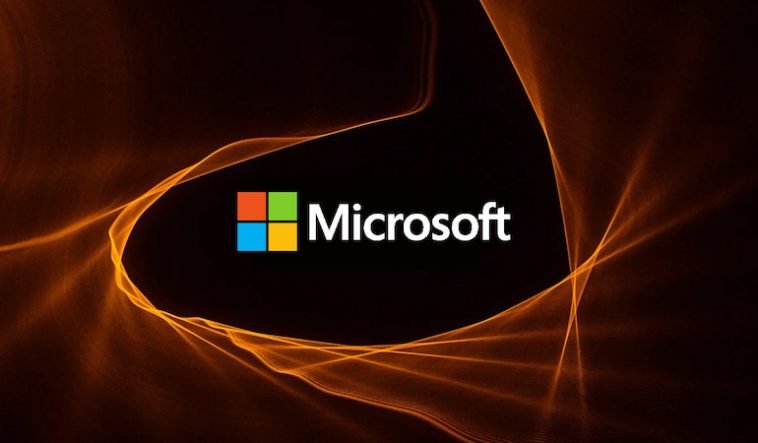Microsoft is also facing pollution issues like its other tech peers. The software giant’s emissions are on the rise, despite a pledge from the company to be carbon negative by 2030. This ticking clock explains Microsoft’s latest deal to address its environmental toll: It’s turning to Running Tide to offset some of its emissions via the ocean.
Running Tide, which also works with Stripe and Shopify, aims to use this money to lock away massive quantities of carbon dioxide. Running Tide has said it will do this through efforts such as growing a lot of kelp on biodegradable buoys, intending for the algae to sink to the ocean floor eventually.
Business development head Jordan Breighner told news reporters,
“We combine wood and alkaline minerals to form a small carbon buoy that we can seed with algae seed and deploy deep into the open ocean,”
He added more,
“The buoy floats, the alkaline minerals dissolve, reducing ocean acidification and removing carbon through a process called ocean alkalinity enhancement. The algae grows rapidly, absorbing CO2. After less than three months the buoy and the algae and the embodied fast carbon sink to the bottom of the ocean, and if they sink below 1,000 meters the carbon is gone for roughly 1,000 years.”
“However, not all buoys are seeded,” Breighner added. “That is based on ocean conditions that are optimal for algae growth.”
Carbon removal from atmosphere technologies are at the earlier stage of development. It hasn’t been proven that it can effectively and sustainably remove carbon on the scale it hopes to achieve. In addition, some experts are worried that large-scale carbon removal initiatives backed by venture capital, such as enormous kelp farms, could unintentionally harm ocean ecosystems.
According to Breighner, Running Tide has only removed less than 1,000 tons of carbon through its testing and research projects so far. However, the company plans to remove up to 12,000 tons of carbon for Microsoft over the next two years.
While Running Tide has not disclosed the exact price of their deal with Microsoft, they have revealed that it is valued in the single-digit millions. Microsoft has not provided any comment on the price.
In their latest sustainability report, Microsoft revealed that their emissions had increased by 21.5% between 2020 and 2021. They stated that this increase was mainly due to scope 3 emissions, which were linked to the development of their data centers and more customers using their products more frequently. In simpler terms, as Microsoft’s cloud and gaming businesses grew, so did their net emissions.
Despite this setback, Microsoft is committed to becoming carbon-negative within the next seven years. Their plan to achieve this goal relies heavily on carbon removal initiatives.
Today, we announced a deal with @Microsoft to remove 12K tons of carbon over the next 2 years using Running Tide tech.
Thrilled to be Microsoft’s first open ocean-based #carbonremoval supplier: https://t.co/R7lGXoZ4Ef pic.twitter.com/EcDdO8agLw
— RunningTide (@running_tide) March 10, 2023


